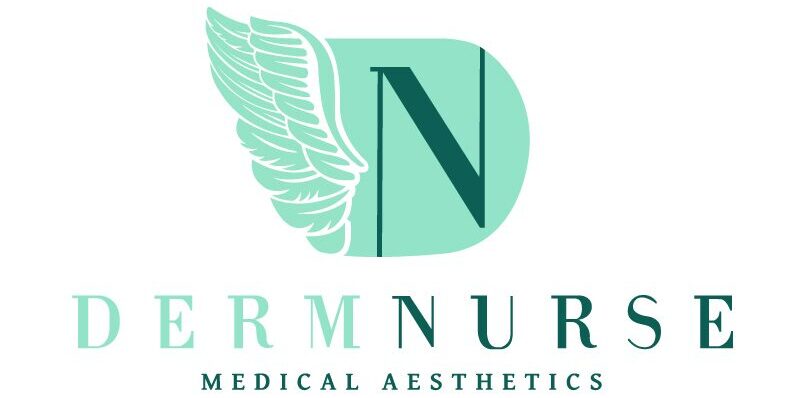ACNE CYST INJECTIONS
HOW WE PERFORM OUR ACNE CYST INJECTIONS
This treatment involves injecting a diluted synthetic steroid (cortisone) to help reduce the inflammation, swelling, and pain of cystic acne.
This treatment is usually reserved for tender, swollen acne nodules, or cysts unresponsive to typical acne therapies.
It can be very effective in quickly shrinking nodules and cysts.
Popularity
Number 8 most popular treatment
Price
Starting at $69.99
Treatment Length
10-15 minutes
How Long Does It Last?
Long lasting effects
Yes but they are only used for short-term relief of inflammation and to shrink large cysts. The injections can be used on both the face and the body.
The shot is injected directly into an acne cyst or nodule, and typically contains a small amount of a steroid which is a powerful anti-inflammatory.
Cysts and nodules may take weeks to resolve on their own. A steroid injection can reduce the swelling, redness and pain in just a few hours to a few days.
While this procedure can be quick and effective, there’s a possibility of side effects. These may include:
- Pitting or thinning of the skin at the injection site which can result in a visible depression where the cyst was. These depressions are often temporary and resolve on their own but it may take up to 6 months.Dermal fillers injected in the area can help.
- Hypopigmentation, which is lighter than normal skin or a white spot. Over time, this often goes away on its own.
- Systemic effects from the steroid but this is usually caused if more than the limit is injected and absorbed into the bloodstream.
You can get multiple injections in one session, with each injection going to a different area.
You must wait about 6 weeks between injections if the same spot is involved.
Please note: These injections are meant to be an occasional treatment for specific cysts and nodules. It’s not meant to be a regular part of your acne treatment or skin care regimen.
Cystic acne is considered to be the most severe form of acne and is usually painful. If left untreated, it can produce cosmetically disfiguring scars.
An acne cyst can form when a clogged pore breaks deep inside the skin. This forms a large tender, painful bump or cyst (pus filled bumps) or nodules (inflamed bumps). Cysts can last for weeks or longer.
Cystic acne, like other acne, is caused by the interaction of a number of different factors:
- Hormones such as Testosterone, estrogen, and androgen are linked to cystic acne.
- Genetics. If one or both of your parents has cystic acne, you’re more likely to develop it.
- Environment. High humidity can perpetuate cystic acne.
- Skin environment. Excessive perspiration, makeup, lotions, and certain cleansers can cause cystic acne.
- Drugs and chemicals. Lithium, topical corticosteroids, isoniazid, and phenytoin are associated with cystic acne.
Cleansing twice a day, applying topical retinoids such as ZO Retinol, using ZO acne pads, and keeping the skin exfoliated are foundational for clear skin. Our Acne IPL spot shot is also an option.
- Please see our Acne and Other Common Skin problems page for more information.
